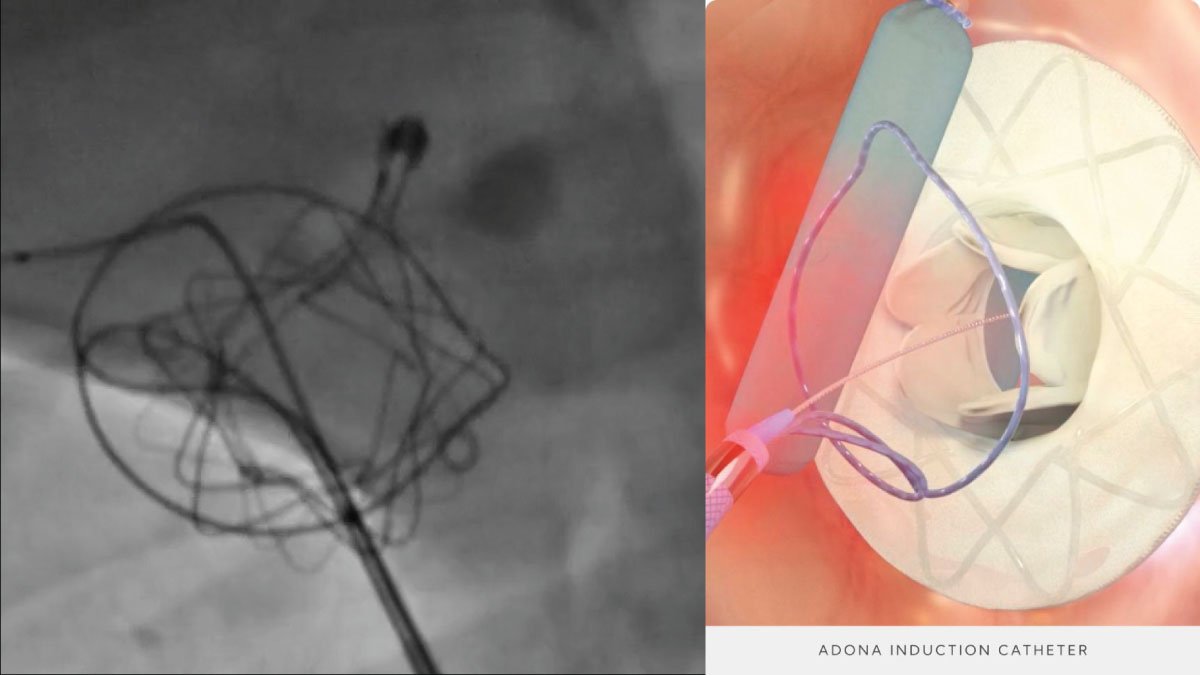Cell Membrane: An Important Structure with Important Functions

The cell membrane, also known as the plasma membrane, is a dynamic and vital component of all living cells. It plays an essential role in maintaining the integrity and functionality of the cell and acts as a selective barrier that regulates the movement of substances in and out of the cell. Understanding the structure and function is important in the study of biology. Let’s dive into the fascinating world of the cell membrane.
Cell Membrane Structure
The cell membrane consists primarily of a double layer of phospholipids known as the phospholipid bilayer. This bilayer forms the basic structure of the membrane and provides a semi-permeable barrier that allows certain molecules to pass through and blocks others. A phospholipid molecule has a hydrophilic (water-attracting) “head” and a hydrophobic (water-repelling) “tail”. The hydrophilic ends face outward, toward water inside and outside the cell, while the hydrophobic tails face inward, away from water, creating a stable barrier.
Embedded in this bilayer are different proteins that perform different functions. These membrane proteins can be integral (covering the entire membrane) or peripheral (attached to the external or internal surface of the membrane). Integral proteins often act as channels or transporters, facilitating the movement of ions and molecules across the membrane. Peripheral proteins are usually involved in signal transduction, structural support, and maintenance of cell shape.
In addition, there are cholesterol molecules in the phospholipid bilayer. Cholesterol helps maintain membrane fluidity and stability, especially during fluctuating temperatures. On the extracellular surface of the membrane, carbohydrates linked to proteins and lipids form glycoproteins and glycolipids, which are involved in cell recognition and communication.
Function of the cell membrane
The main function of the cell membrane is to protect the internal environment of the cell and maintain homeostasis. This is achieved by selective permeability, in which only certain substances enter or leave the cell. This selective permeability is crucial for cell survival because it regulates the internal composition of ions, nutrients and waste products.
1. Transport: One of the most important functions of the cell membrane is to regulate the flow of materials. This occurs through passive transport (such as diffusion and osmosis), which does not require energy, and active transport, which requires energy (ATP) to move substances against their concentration gradient. Transport proteins such as channels, carriers, and pumps are essential to facilitate these processes.
2. Communication: The cell membrane plays an essential role in cell signaling and communication. Receptor proteins on the cell surface can bind to signaling molecules (such as hormones and neurotransmitters) and trigger a response within the cell. It allows cells to respond to their environment and communicate with other cells, coordinating various physiological processes.
3. Structural support: The cell membrane provides structural support and maintains the shape of the cell. It is connected to the cytoskeleton, a network of protein filaments inside the cell that gives it shape and aids in movement and division.
4. Cell recognition and adhesion: Carbohydrates on the surface of the cell membrane are involved in cell recognition and adhesion. They help cells recognize and communicate with each other, which is essential for tissue formation and immune response.
Conclusion
The cell membrane is a remarkable and complex structure that plays an important role in cellular life. Its unique composition of phospholipids, proteins, cholesterol and carbohydrates enables it to perform important functions such as selective transport, communication, structural support and cell recognition. Understanding the structure and function is crucial to understanding the basics of cell biology and the complex processes that sustain life.
In short, the cell membrane is not just a static barrier, but a dynamic and interactive interface that ensures the correct functioning and survival of the cell. Its ability to regulate the movement of substances, facilitate communication and maintain structural integrity makes it one of the most important components of the cell. As we continue to study and understand the cell membrane, we discover the fascinating mechanisms that make life possible at the cellular level.




















